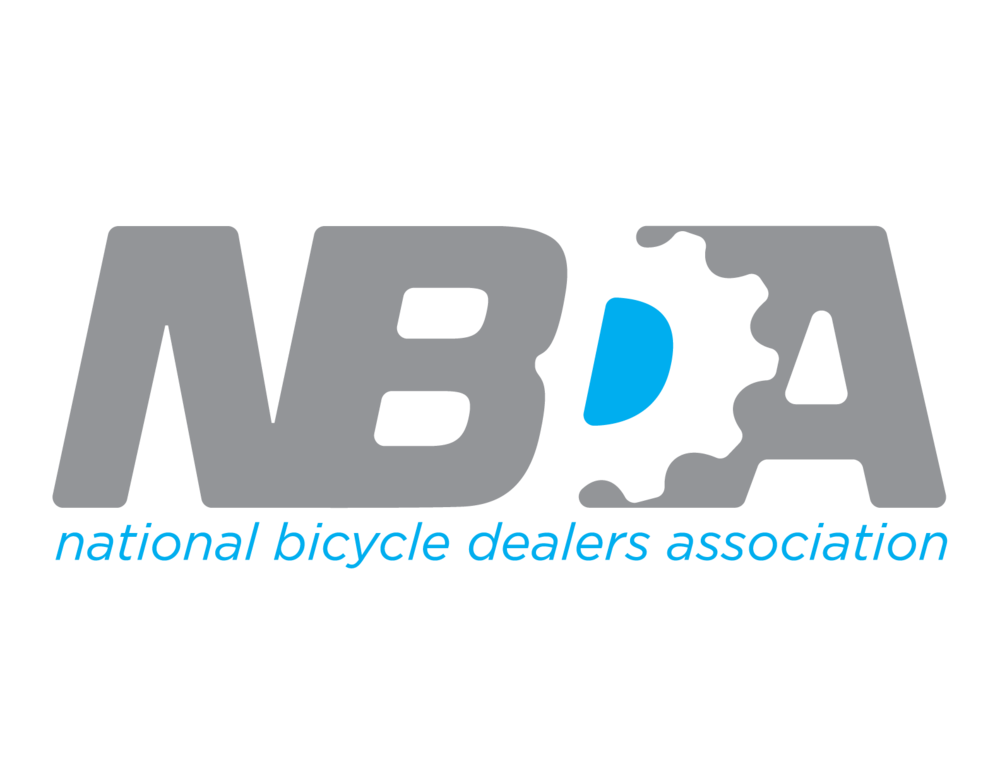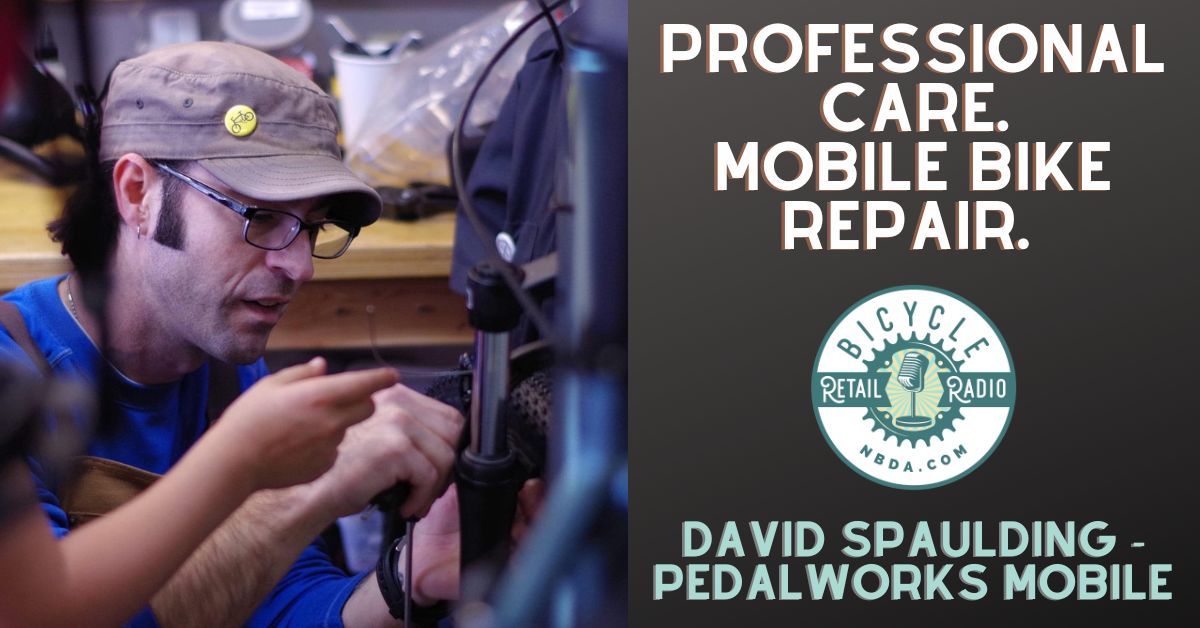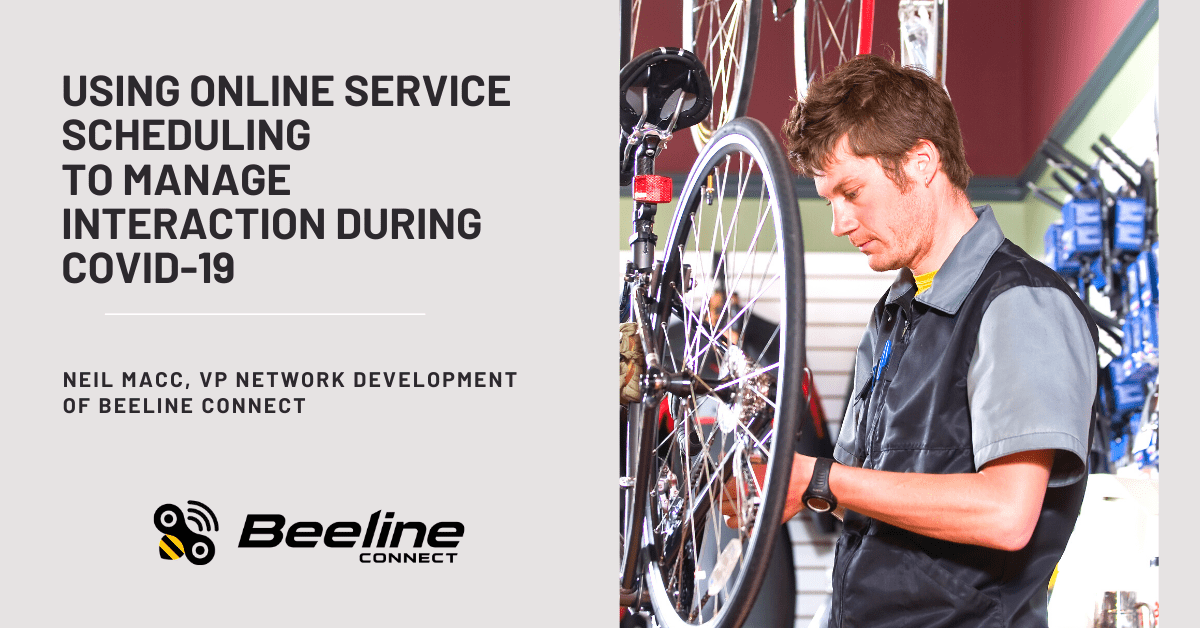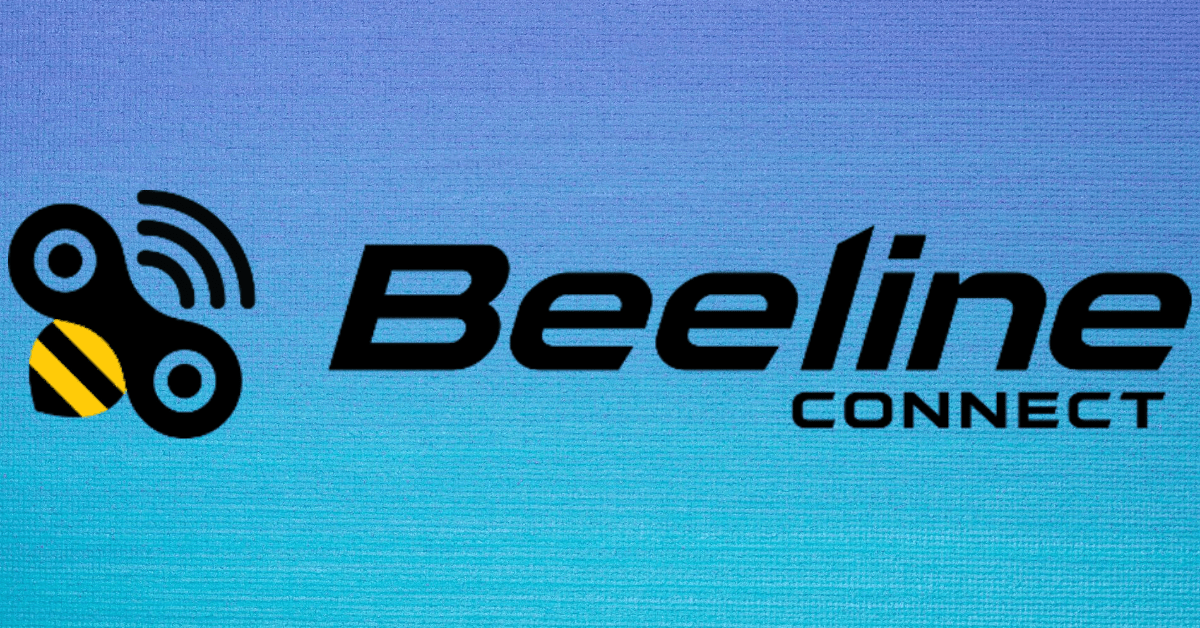Van Life: Mobile Bike Shops
Bike shops on wheels are driving into your neighborhood. Here’s what you should know.
Words by Scott Chapin
When the first franchised mobile repair shops hit the market back in 2015, they were easy to ignore. There were only a handful across the country, after all, and they were narrowly focused on repair. Since then, though, they’ve surged in popularity—today there are between 300 and 350 in the U.S.—and many of those have expanded their services to include direct-to-consumer/online fulfillment, direct sales of bicycles and accessories, and even some contract work with major corporations. They’ve evolved, in other words, into full-fledged mobile bicycle shops. And at the current rate, it won’t be long before one’s “setting up shop,” so to speak, in your backyard. Ignore them at your peril.
There are a few ways to address the mobile bike shop trend—including adding one to your business—but first, you should understand the marketplace as well as the economics of the business model. Working within the bicycle insurance industry, businesses like these often call me to discuss their new ventures, see whether they’re insurable and what it might cost. Here’s what I’ve learned lately from those conversations. So far, there are three main models:
1. Independent Mobile Bike Shops
Most of these are operated by experienced mechanics who previously worked at existing brick-and-mortar retailers, but wanted to “be their own bosses.” Service is still their primary revenue generator, but many are selling “boutique” bike brands to boost revenues. As you can imagine, the start-up costs for a mobile shop are much lower than for opening a brick-and-mortar shop. Many purchase a used van, have it branded, and load it with tools (which many already own), and they’re in business. If the mechanic has left a bike shop, he or she may already have relationships with customers. Consider these guys competition, for both your service work and for your in-house talent.
One example of this model is My Bike Guy in Rochester, Minnesota. I recently spoke with owner Charly Tri, who told me that most of his sales are coming from service and the margins made on parts, but he’s also selling some bikes. He was formerly the service manager at a local brick-and-mortar retailer, but he already anticipates doubling his former salary in his first year in business for himself. He’s working a lot more than he used to but says he loves it.
2. Brick-and-Mortar Shops
Many of your fellow brick-and-mortar retailers have started their own mobile repair services. Because so many use their vans for a variety of purposes—pick-up and delivery, event service, and as mobile billboards—it can be hard to say whether the mobile service component is profitable on its own. As I see it, though, even if the van only makes a small amount of pure profit, you can declare victory. Why is that? The van serves as a mobile billboard and, if strategically placed at events, festivals, or even just driving around town, it creates marketing value (worth at least as much as, though probably more than, the annual coast of a billboard—$30K?—in your market). It’s hard to tell how many sales are generated inside the shop from the rolling billboard, but my gut says it’ll definitely drive some. It’s a bit more labor-intensive to get rolling on your own, but it allows you to maintain strict control of your brand and profits.
3. Franchised Mobile Bike Shops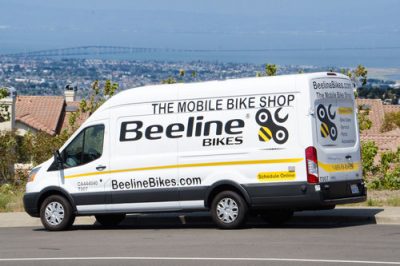
Two of the best-known franchises are Beeline and Velofix. These companies offer a readymade solution—all of the front-end work is done from a marketing and scheduling standpoint—and their services are much more sophisticated (including direct-to-consumer fulfillment) since they’ve already established contractual relationships with Amazon and other vendors, as well as direct relationships with suppliers that allow franchisees to circumvent wholesalers.
Beeline Bikes started in 2013 with five vehicles operating in California and added its first franchise in 2015. Today, the company describes its ideal franchisee as a brick-and-mortar bicycle retailer. Its focus is on growing the bicycle market by attracting customers with onsite service, event support, P&A sales, and e-commerce fulfillment. Plus, it has direct relationships for fulfillment of bicycles sold online with the Accell North America portfolio of bikes (Diamondback, Raleigh, Redline, and IZIP) and e-commerce retailers Backcountry/Competitive Cyclist and Amazon. Currently, Beeline has 80 mobile bike shops across 8 states, servicing a population of 70 million. By 2018, the company anticipates servicing the top 20 metro areas.
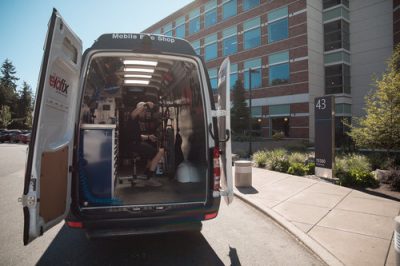 Velofix started in Canada in 2012 and opened its first U.S. franchise in 2015. While it’s focused on many of the same things as Beeline—onsite service, event support, P&A sales, direct-to-consumer bike delivery, corporate partnerships (Google, Microsoft, Intel, AMD, and Starbucks are among those it works with) bike fitting, bike boxing, and delivery—Velofix generally doesn’t partner or co-brand with existing brick-and-mortar retailers. Its franchisees can order through partner distributors and manufacturers, including QBP, H2, Hawley/Lambert, Shimano, and States. About one-quarter of its franchisees are owner/operators and the rest are owned by an investor who employs a mechanic. Currently, Velofix has 87 franchises in the U.S. and 26 in Canada, but they anticipate adding 80 more in the next 12 months. Additionally, many existing franchisees are expanding their businesses by adding more vans.
Velofix started in Canada in 2012 and opened its first U.S. franchise in 2015. While it’s focused on many of the same things as Beeline—onsite service, event support, P&A sales, direct-to-consumer bike delivery, corporate partnerships (Google, Microsoft, Intel, AMD, and Starbucks are among those it works with) bike fitting, bike boxing, and delivery—Velofix generally doesn’t partner or co-brand with existing brick-and-mortar retailers. Its franchisees can order through partner distributors and manufacturers, including QBP, H2, Hawley/Lambert, Shimano, and States. About one-quarter of its franchisees are owner/operators and the rest are owned by an investor who employs a mechanic. Currently, Velofix has 87 franchises in the U.S. and 26 in Canada, but they anticipate adding 80 more in the next 12 months. Additionally, many existing franchisees are expanding their businesses by adding more vans.
Brian Mikiten, owner of Crossroad Bikes, a brick-and-mortar retailer in San Antonio, Texas who has two Beeline vans covering that city and neighboring Austin, mentioned that constant marketing is needed until mobile becomes the accepted norm for purchasing and repairing bicycles. He also told me that the success and profitability of his business is due to the following, in order of revenue percentage:
• Corporate Service
• Direct-to-Consumer Fulfillment (Raleigh, Diamondback, Amazon, etc.)
• Repairing Customer’s Bikes
I also spoke to a multi-unit Velofix franchisee about the profitability of his business. He said that he broke even on each of his vans in the first year, and started turning a decent profit in the second year. Interestingly, 90 percent of his revenue is from actual service, though he’s adamant on building a customer base before exploring other revenue channels. Based on his experiences to date, he felt it would be hard to make money “just” wrenching on bikes. His success is based on working with higher-end clientele, and doing fewer jobs with larger tickets.
Keys to Mobile Repair Success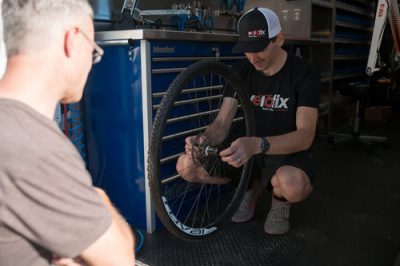
Among the successful mobile repair shop owners I’ve spoken to recently, there are a few things they’ve done similarly:
- Constantly marketed/promoted via social media (mostly Instagram).
- Hired the right person, a talented, motivated “self-starter” who’s independent and good at interacting with customers, live and in the flesh.
- Explored both traditional and unconventional revenue channels, including corporate wellness and employee benefits programs (see more in our story about TDM), direct-to-consumer fulfillment, and, of course, old-school wrenching.
Mobile Shop or Not, Beware
It’s possible—heck, maybe even probable—that after reading this far, you still don’t want to operate a mobile repair business. And that’s fine, but be aware that you will likely have to deal with it in some way, through either the loss of repair work or, worse, a key mechanic (who could bring loyal customers with him/her). To protect yourself from the latter risk, consider starting your own mobile repair van and giving your key mechanic an equity position or profit-sharing for that part of your business.
Scott Chapin is an accomplished mountain bike racer and a bicycle industry risk specialist with Marsh & McLennan Agency.
 The NBDA has been here since 1946, representing and empowering specialty bicycle dealers in the United States through education, communications, research, advocacy, member discount programs, and promotional opportunities. As shops are facing never-before-seen circumstances, these resources offer a lifeline. Together, we will weather this. We at the NBDA will not waver in our commitment to serving our members even during this challenging time—but we need your support.
The NBDA has been here since 1946, representing and empowering specialty bicycle dealers in the United States through education, communications, research, advocacy, member discount programs, and promotional opportunities. As shops are facing never-before-seen circumstances, these resources offer a lifeline. Together, we will weather this. We at the NBDA will not waver in our commitment to serving our members even during this challenging time—but we need your support.
Now is the time to become a member as we join together to make one another stronger. Whether you’re a retailer or an industry partner, your membership in the NBDA is one of the best investments you’ll make this year.
Learn more about the benefits of being a member and join now.
